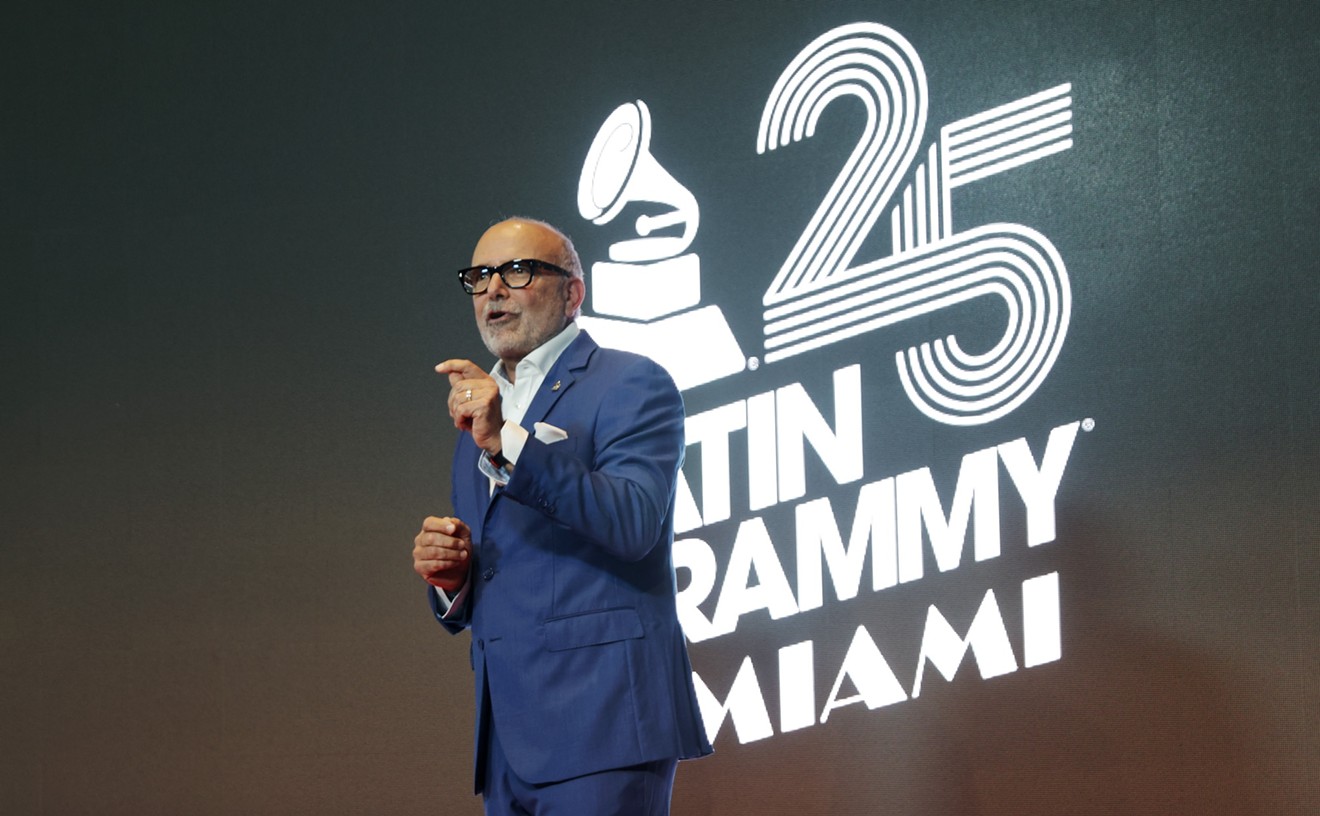On any given day,
But getting those banners in the air is easier said than done. The planes take off naked, leaving the banner behind on the grass. Once in the air, they circle back and approach their target, dropping closer and closer to the ground. Then the pilot releases a 15-foot-long grappling hook that dangles behind the plane like a talon. On the ground, a loop, no bigger than an average bathtub, is suspended between two six-foot poles, and, here's where things get a bit tricky: The pilot has to get the plane low enough to grab that loop with its artificial butt claw, but not so low that the hook drags across the ground, where it could get snagged or, god forbid, scoop up an unsuspecting squirrel for the ride of its life. Sometimes this takes a couple of passes, but time is money, and fuel is burning, so accuracy is important.
Once hook meets loop, the plane begins climbing, and the 250-foot banner is sucked up into the sky like a piece of spaghetti. When finished, it'll be released — not unlike a bomb — to float gently back to Earth. It's a process slightly more involved than the average Facebook status or email blast.
"We have a captive audience, is what we like to say."
tweet this
But all of this work is worth it for Bob and Dana Benyo, the husband-and-wife team who own and operate Aerial Banners Inc. from an office at Pembroke Pines' North Perry Airport. On an ordinary Friday, Bob weaves through his hangar in flip-flops, stretching out a "K" that's
Since the invention of the internet,
Aerial Banners doesn't employee a single salesman. Bob's product sells itself, surviving on word of mouth and the occasional ad from one of his own planes.
He and Dana got into the business almost accidentally. Bob owned a flight school in the '90s but wasn't making a profit off lessons alone. He began flying traffic watch for local radio stations, and, with the profits from that, he began purchasing more planes to try to increase earnings. Eventually, he found an old banner-towing aircraft for sale. He bought it and inherited the plane's two existing clients: a Hollywood restaurant and the now-defunct Miami Beach nightclub Amnesia.
Bob customized that plane in his backyard. When it was finished, he and Dana began running Aerial Banners from their living room. She still cringes slightly at the words "living room," perhaps remembering a time when dinner had to be eaten atop stacks of invoices. Bob, on the other hand, seems a bit more sentimental when discussing the good old days.
Today Aerial Banners owns a fleet of more than 50 Piper PA-25 Pawnees. Bob and his team make about three or four in his hangar each year, custom-building the agricultural aircraft from a bare skeleton. Each plane is about an $80,000-to-$100,000 investment once said and done.
Aerial Banners officially incorporated in 1998.
September 11, 2001, was Aerial Banners' biggest financial hiccup. "When 9/11 hit, we were basically shut down longer than everybody else in the nation," Bob says. For reasons he's still not quite sure of, his planes were grounded for six months. "They got the crop-dusters up before us — just the way the government worked. When they did let us back up, a lot of restrictions were put on banner towing." Perhaps the biggest of those restrictions was that banner planes could no longer fly above stadiums during games, which certainly put a dent in Aerial Banners' profits. But not a very big one.
Today, Aerial Banners flies in more than 20 markets across the country, in states as far as Alaska and Hawaii. But nowhere is business as good as in Miami, where year-round weather conditions and constant tourism provide a steady demand.
Nowhere is business as weird either. According to Bob, there are no official FCC guidelines as to what can and can't be flown across the sky. "It's on the operator," he says.
So if, say, someone wanted to circle an ex-girlfriend's house with a sign reading, "Go to Hell, Emily!" would Bob do it? He thinks for a moment. "If it's on the beach, I'll do it. If it's next to a school, I'd probably refrain."
Aerial Banners has had its share of odd requests over the years. Dana remembers a decade ago when a random person paid them to fly a banner that read, "Lose 10 Pounds; Cut Off Your Head!" She's still confused about that one. There was also that one time a recipient of an alleged botched
But Bob and Dana recently learned there's a limit to what others will tolerate. After a payment dispute with Miami's famous Club Space, Aerial Banners sent out a plane with the following message: "Club Space — Please Pay Your Banner Bill!"
Almost as quickly as the plane landed, Space had filed a lawsuit for libel and slander. The case will head to court soon and could possibly be, as far as Bob and Dana know, the first case of a banner-tow company being successfully sued over content.
There have been other controversies along the way too. Safety is an issue always at the top of Bob's priorities, and he maintains that his standards are among the best in America. Others aren't so sure. When Aerial Banners sought to expand to Hawaii in 2014, it was met with resistance from some locals. Concerns were raised over the company's safety record, and local news station KHON2 aired a report citing the fact that Aerial Banners was stripped of its waiver to fly banners after a 2007 crash in Florida. "I guess you could call it suspended rather than revoked," an attorney for Aerial Banners North, Michael McAllister, told KHON2. "It was definitely reinstated. A thorough investigation was done, and they found that Aerial Banners had done nothing wrong." The same news report also cited four other incidents from National Transportation Safety Board records: a plane running out of fuel in 2003, a hard landing in 2005, a crash in 2006, and a dropped banner in 2007. But no one, pilot or otherwise, has been seriously injured in an Aerial Banners accident.
The industry has had its share of
Bob's chief pilot is Brian Haggerty. He's better known around the office as the Colonel. An Air Force vet who served in Vietnam before flying commercial planes for American Airlines, Haggerty is in charge of training all of Aerial Banners' pilots, a course that can take up to three weeks or roughly 15 flight hours.
On September 6, 2014, Haggerty was finishing a flight when his fuel cap came off midair. With gas being sucked out of the plane fast, he had seconds to make a decision. So he tried to get as far from shore as he could, released the banner (an ad for Miami Beach nightclub LIV) into the ocean, and came in for an emergency landing. Confused witnesses looked on from the sand as Haggerty came splashing nose-first into the water. A man who ran a Jet Ski rental on the beach sped out to the sinking aircraft, returning minutes later with Haggerty on the back, who suffered only a minor laceration on his forehead.
According to a witness, the first thing he asked upon his return was, "Did I hit anybody?" He did not, and nobody was injured.
"I had a scratch on my forehead — wounded my pride," Haggerty says. "I think you suffered a minor injury on the Jet Ski coming in," Bob jokes to his septuagenarian pilot. Banner-towing is, he admits, not glamorous. It's hard, dirty work. And, for the pilots, who usually work as independent contractors for Aerial Banners, it won't lead to great wealth. But Haggerty is still flying banners today. And Bob has been meaning to shake off the rust and get into the cockpit again too.
He's in no rush, though. He's confident this business isn't going anywhere. And thousands of squinting eyes prove him right each day. "We have a captive audience, is what we like to say."











